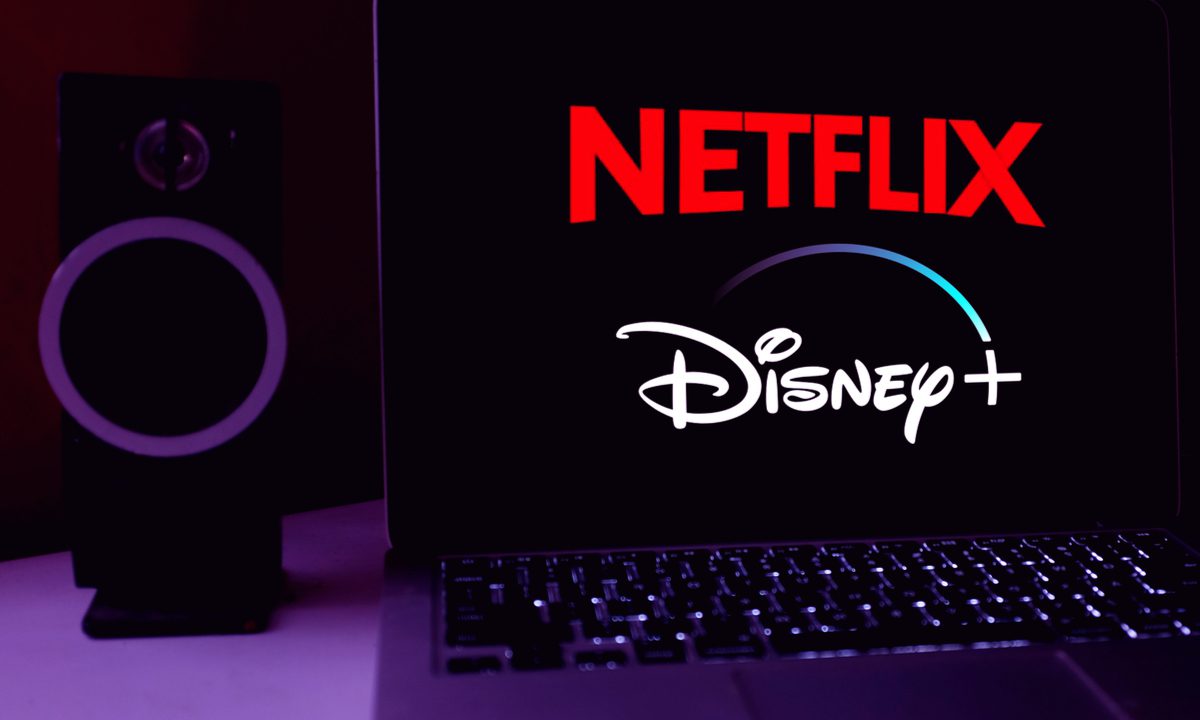Disney’s Box Office Bomb Adds Pressure to Streaming Success

For Disney, it was a less than stellar holiday weekend — and that’s putting it mildly.
The fact that “Strange World” has bombed at the box office shows that monetizing content across channels is no sure bet.
Disney’s latest film made its way into theaters but garnered $18.6 million domestically through the long weekend, as reported in Variety and elsewhere. Expectations had been that “Strange World” would bring in between $30 million to $40 million in its debut weekend, but now the film could reportedly wind up losing as much $100 million through its theatrical run alone.
The poor showing stands in stark contrast to the success of Netflix through the five days leading into the Thanksgiving period, where Variety had estimated that “Glass Onion,” the “Knives Out” sequel, logged $15 million in its weeklong run. The Netflix picture was featured on 600 screens; the Disney film has been running in more than 4,100 theaters in North America.
As evidenced by the numbers above, the box office take for the two films was within a few million dollars of one another. Yet Netflix’s movie was far less widely available, and in a severely limited run. Netflix will likely see a bump in its streaming fortunes when “Glass Onion” hits the on-demand circuit (likely later in the year); the jury’s out as to whether Disney would see positive impact to its streaming fortunes when “Strange World” joins the Disney+ pantheon.
Disney need a boost to its streaming division, of course. The segment lost $1.5 billion in the third quarter, up from $630 million in losses in last year’s 3Q. Direct-to-consumer (D2C) revenues for the quarter increased 8% to $4.9 billion, lagging the 20% increase in Disney+ paid subscribers in the United States and Canada.
Now, one film’s flameout does not a disaster make, not necessarily. Disney, of course, also has “Black Panther: Wakanda Forever,” which is going strong at the theaters, and which will of course be (at some point) a strong contender on streaming.
But if animated films are among the flagship, arguably “classic,” properties of the Mouse House, and they don’t do well, and the subscription business is already pressured, the question remains whether relying on the back catalog and a few new releases annually will beef up the streaming results.
Churn Rates May Be Tested
The company did not explicitly break out churn stats in its latest earnings call commentary. But management did note on that same call that, in the words of CFO Christine McCarthy, “bundled and multi-product offerings now account for over 40% of our fiscal year-end domestic Disney+ subscriber count. This shift has been purposeful as the bundle drives higher total company subscription revenue and higher long-term subscriber value due to notably lower churn.”
We may see some of those churn rates tested: PYMNTS data has indicated that the streaming media is the lone segment that gained ground, with subscriptions up 6.5% year on year. But consumers are zeroing in on expenses that may not be essential.
The pressures are intensifying in the cross-channel movie wars. Amazon is going to be spending $1 billion a year on its theatrical releases, having bought MGM earlier in the year. About 64% of the adult U.S. population, an estimated 166 million Americans, are subscribed to Amazon Prime. They buy all sorts of goods and media already — representing fertile ground for the eCommerce giant’s box office efforts.
